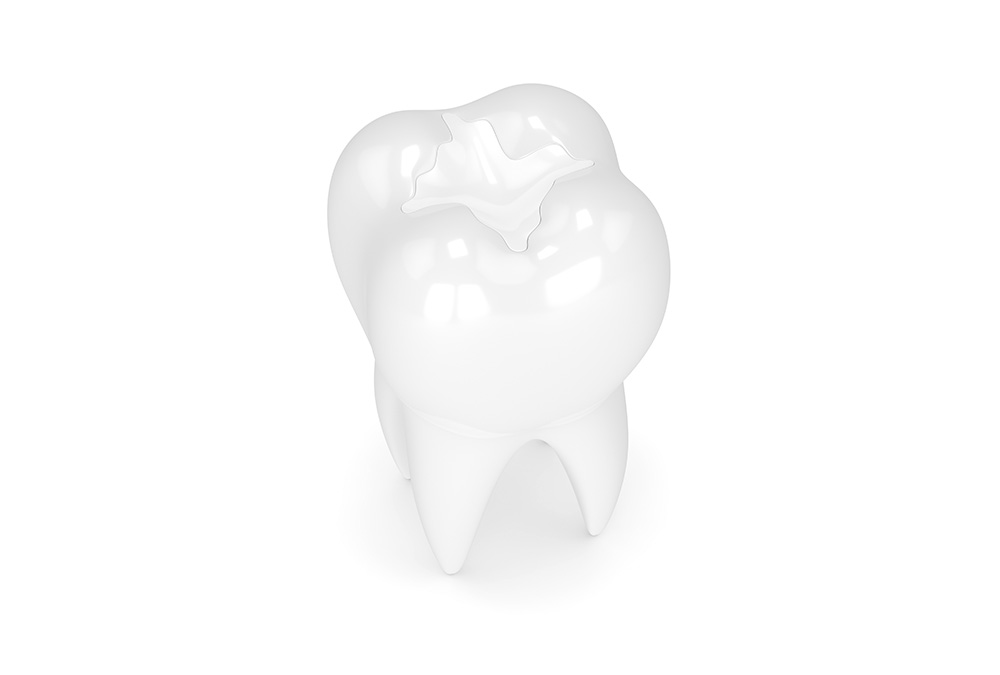Children may be at a much higher risk of cavities in the deep grooves of the biting surfaces of their molars. Anatomically speaking, some children will have deeper grooves that are more prone to cavities, and some will have shallower grooves that are less prone to cavities. Unfortunately, sometimes brushing and flossing aren’t enough to prevent cavities in teeth with deeper grooves. These teeth benefit from further cavity prevention in the form of dental sealants.
What Are Dental Sealants?
You can think of dental sealants as similar to fillings, but no tooth structure is removed to place the sealant. They are plastic coatings placed on top of the tooth structure to prevent bacteria from entering and causing a cavity. They are most frequently placed on molars and premolars where deep grooves are difficult to clean. These grooves can be so narrow that even a single toothbrush bristles cannot enter. The ultimate goal of sealants is to prevent the formation of cavities.
When Are Dental Sealants Recommended?
Dental sealants will look like a tooth, either clear or white. Dental sealants can be placed at any point throughout life on baby and adult teeth. It is best to set them as soon as the adult teeth erupt when they are clean. In addition to the biting surfaces of teeth, sealants can be placed on the main pit on molars’ front or back surfaces and even on front teeth. Dental sealants can be used on any surface that may be more susceptible to decay.
How Are Dental Sealants Placed?
Dental sealants are easy because no tooth structure needs to be removed before they are placed. Multiple sealants can be placed at the same time. The teeth are cleaned and polished, and then dried. Next, an acidic solution called “etch” is placed to allow the sealants to adequately bond to the tooth structure. Once etch is washed off and the tooth is dried again, the dental sealants can be placed and then hardened using a curing light. The bite will be checked to ensure there is no sealant material interfering with natural biting, and then the tooth/teeth are ready to be used for biting and chewing just like usual!
If you have any questions about dental sealants and if your child might benefit from them, we encourage you to contact us today to schedule an appointment.

